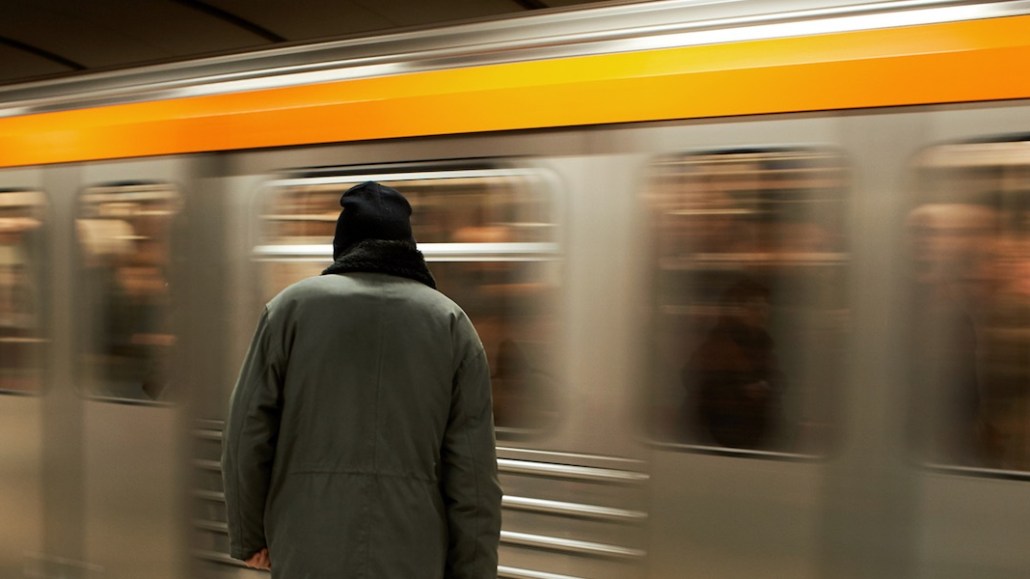
The commuter of the future will hold out a smartphone to get on a train or bus without worrying about losing a transit card or lining up to reload. Goodbye tickets, passes and balance inquiries — everything will reside in an app.
The U.S. isn’t quite there yet, but South Korean commuters have been able to use Samsung Pay to board buses and trains for over a year. While most mass transit payment systems in the U.S. still use older technology to collect fares, Chicago is getting closer to cardless payments. Chicago’s experience shows how a phased transition lets customers adapt while allowing the transit system to absorb technical changes.
“You have to focus on customer and design your system to fit the customer experience,” said Sushil Rajendran, Americas central region general manager for Cubic Transportation Systems, the contractor that built the updated fare system for the Chicago Transit Authority.
The transformation of Chicago’s transit payment system was a $500 million undertaking. In 2013, it launched the Ventra card, a digital account-based contactless card for subways and buses. Customers could tap a Ventra card to pay for purchases and use it as a debit card.
In November 2015, the city launched the Ventra app, which allowed riders to buy passes or add credit for bus or subway rides, and purchase mobile tickets for commuter rail. Single-fare trips can currently be paid for through mobile wallets such as Apple Pay, Android Pay and Samsung Pay, and customers may also use contactless credit and debit cards of their own. While the Ventra card value can be added from within the app, the physical card is still currently needed to access transit. The city is now working on a virtual Ventra card that would operate within an NFC-capable smartphone — a shift that would allow transit riders to tap their phones before getting on trains and buses.
Chicago’s phased transition let customers catch up with the technology while giving the city’s transit infrastructure time to cope.
“If you try to bite everything at once, the supplier can’t deliver, and the organization is not likely to be able to handle it either,” said Michael DeVitto, who managed payment systems for New York City’s MTA for 27 years and is currently chief strategy officer at digital payments startup Waltz. “It gets disruptive if you say, ‘On day one, we’ll take out the existing card and put in a new system.’ In Chicago, they knew Cubic, so their process of layering allowed them not to be so disruptive.”
DeVitto said the process of building a new transit fare system is complicated by city contracting processes and technological hurdles, including old fare readers that are difficult and costly to replace.
Many transit companies use several financial institutions to process payments, adding a layer of complexity.
The recipe for Chicago’s success required both an immediate fix for a legacy system that would soon no longer be supported and an experienced contractor, DeVitto said. Cubic had the benefit of having worked with Transport for London on its payment modernization efforts.
“They were a partner of Transport for London, and they used a lot of information that they gained from not just the technical side but on the process side,” DeVitto said.
For Cubic, accommodating customers using a range of legacy products required marketing efforts, including websites and gate displays.
“We had a divided group [of customers] — we had a large group using paper tickets, some using magnetic stripe cards, and others used smart cards,” said Rajendran.
Despite Chicago’s successes, for most cities, the transition to a modernized fare system won’t be easy. According to John Vasilj, a managing director at Accenture who focuses on transit, contactless cards aren’t catching on quickly and many customers still rely on cash. And while bigger cities may be able to emulate Chicago’s example, a smaller center may not be able to easily attract interest from companies that would build a new fare system.
“Chicago has scale, as there’s a lot of people who are going to use that system, so a system you might buy for Chicago you might not buy for a smaller mid-American city because there’s not the volume of users,” said Simon Laker, vp consulting at Consult Hyperion, a firm that advised Transport for London on its process to allow riders to use contactless cards to pay.
“You can get the big systems integrators interested in Chicago, but they may not be interested in a smaller city — it wouldn’t be commercially viable for them.”
More in Marketing

TikTok pushes deeper into AI-powered ads amid uncertainty over U.S. ban
TikTok has big plans for Smart+ and search this year, despite its ongoing legal battle.

Sam’s Club sees initial success with digital checkout
Sam’s Club’s CFO said at an investment conference that “if we fast forward into the future,” there will probably be no checkout registers.

How employment is projected to transform in media during the AI era
Experts offer pointers on how to future-proof your career or re-enter the job market in a period of disruption.





